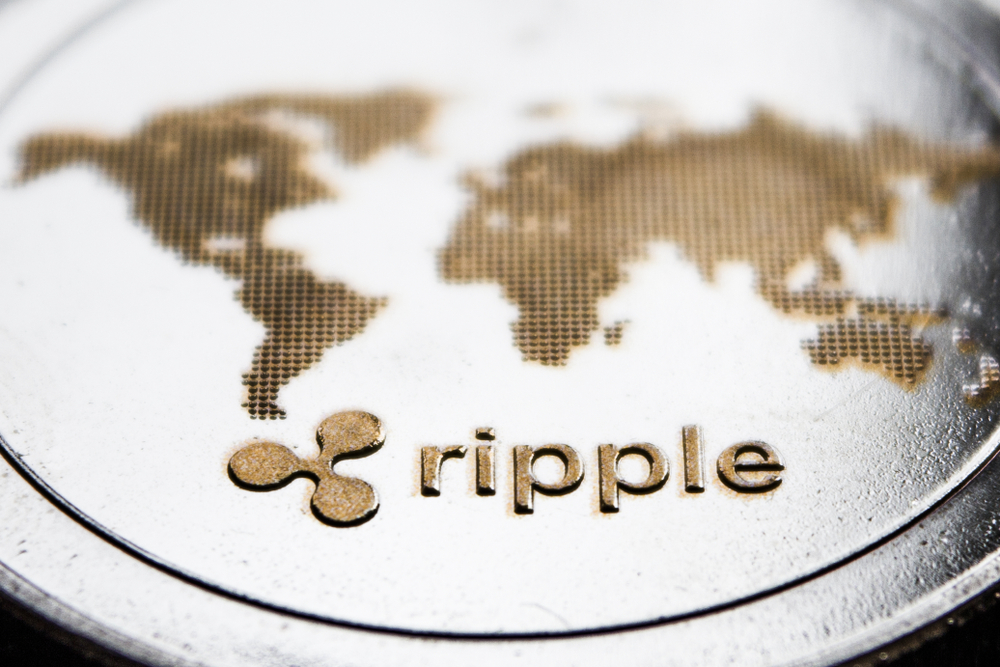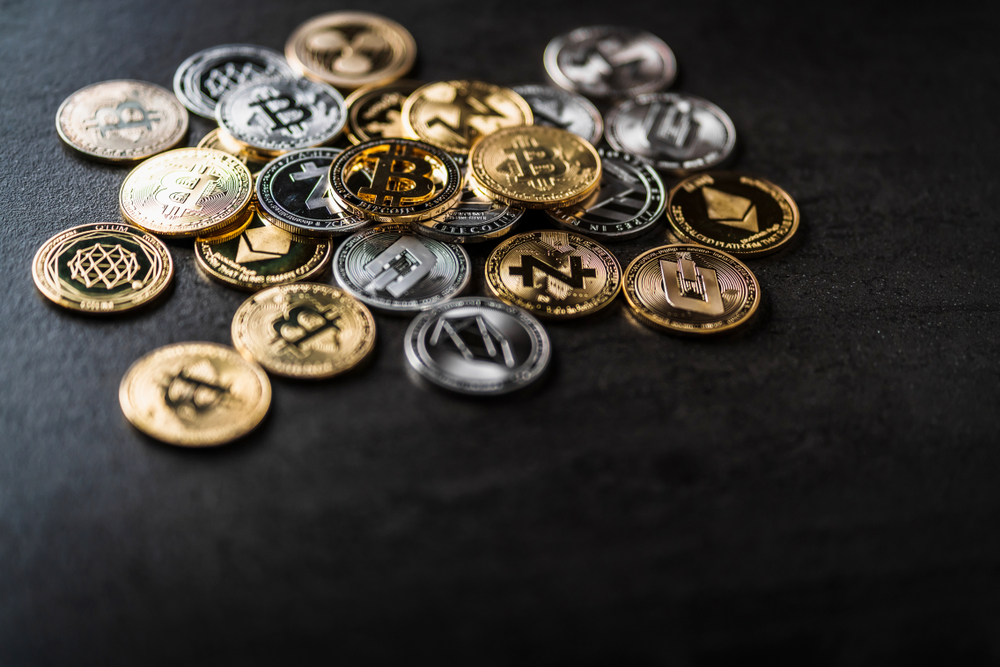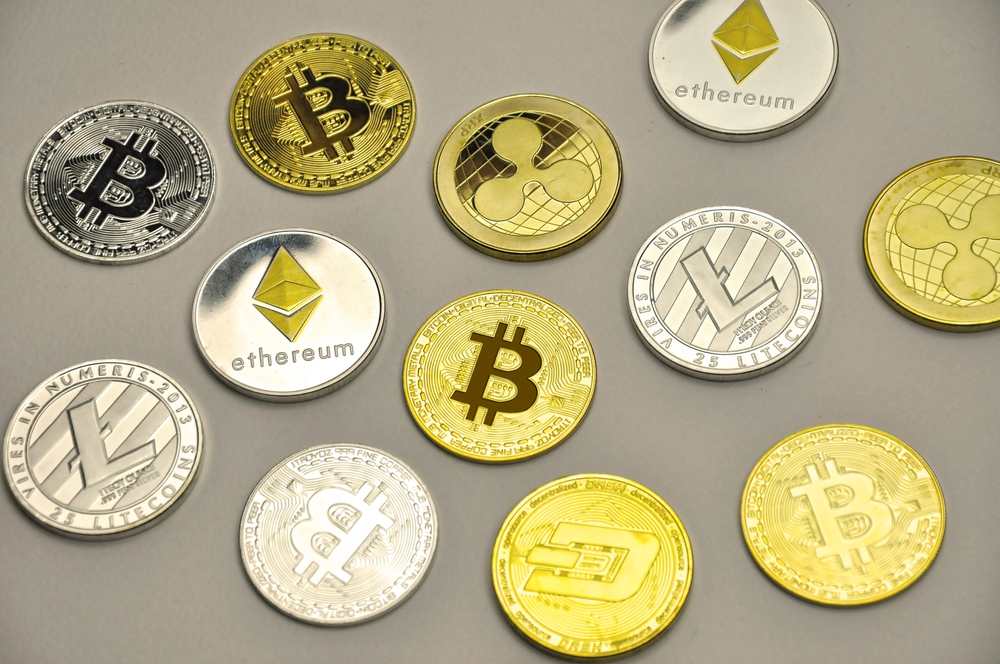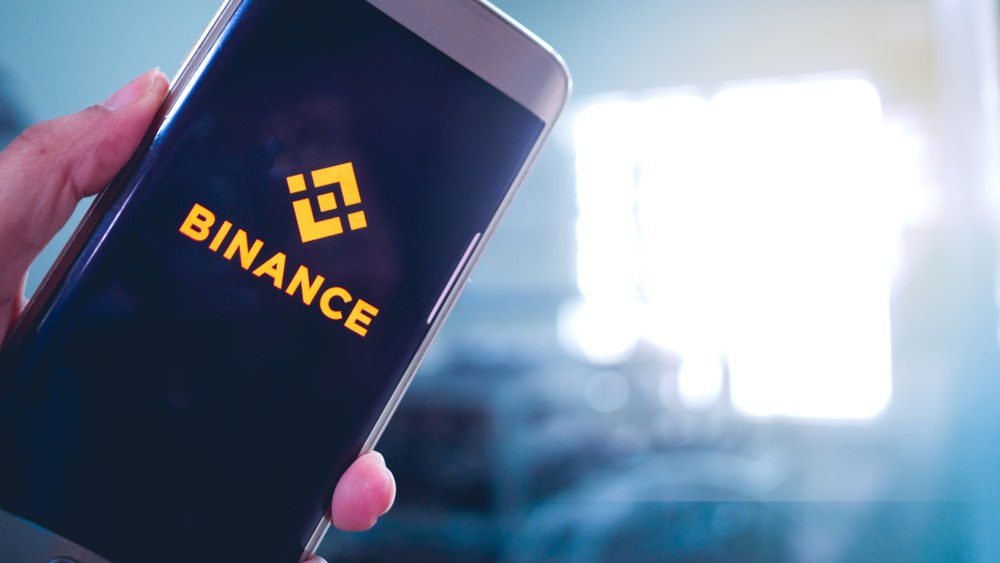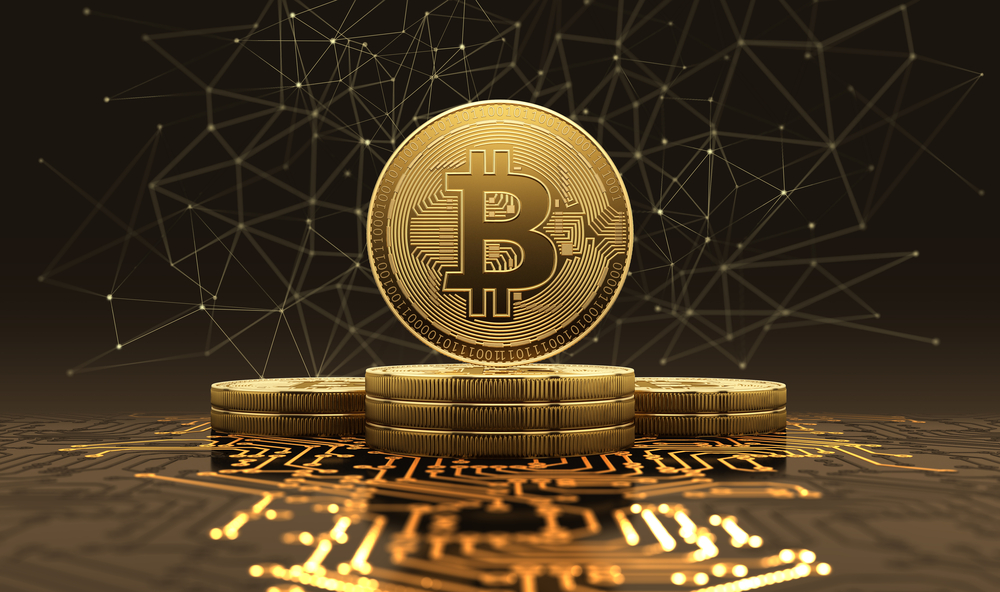Introduction
Cryptocurrencies are the latest disruptive technology to come out of the 2000s. Blockchains claim to be decentralized financial ledgers but many of these projects are shrouded in controversies and issues.
Ripple Labs and XRP is a good example of a blockchain project that has remained the source of confusion and debates within the global cryptocurrency community. This article is going to discuss what Ripple is and what are the various issues that are associated with this blockchain project.
What is Ripple?
Ripple is a decentralized blockchain project and corporation. This is a payment system that aims to replace the existing financial networks such as Western Union and SWIFT. Ripple has been around since 2004 and the project was also mentioned by Bitcoin creator Satoshi Nakamoto. Ripple is not a blockchain at its base but it introduces itself as a software company.
The name is the result of the rebranding of a firm formerly called Ripple Labs. Ripple has been subject to various controversies and subject to online debates. The project has a long history and has several projects to its credit. To understand Ripple, it is best to learn about its origin and history in detail.
Origin of Ripple
Ripple Labs Inc. was founded in 2004 as a technology development and services provider organization. At the time of its introduction, the firm was working on developing a new financial network called the Ripple Payment Protocol. When Ripple was introduced, it was titled Opencoin but later changed its name in 2015.
The private enterprise called Ripple responsible for all the projects was created in 2012 and works from its headquarters in San Fransico, California. However, the timeline of Ripple as a private firm is based on several twists and turns and it is best to break it down for better understanding.
History of Ripple
The concept of Ripple was introduced by Ryan Fugger in 2004 when he was working with a local exchange trading system. Fugger was researching and creating a new type of monetary system that worked in a decentralized manner and allowed the users to create their own money. He went on to create RipplePay.com.
In 2011, former CTO of Ripple Jed McCaleb joined Fugger and started to develop a financial network that was able to verify transactions using the consensus of its members. McCaleb was determined to create a new type of blockchain network that does not depend on mining like Bitcoin.
In 2012, McCaleb invited Chris Larson to the team and he eventually replaced Fugger. Working on the project McCaleb and Larson laid the foundation of OpenCoin. This new project started to develop the Ripple protocol RTXP. In addition, they also started to work on the Ripple exchange and payments networks simultaneously.
In 2013, OpenCoin rebranded its name to Ripple Labs Inc. Since then, Ripple has launched several projects such as XRP Ledger, RipplNET, and others. The company has worked with banking and financial payment service providers in various parts of the world.
What is XRP Ledger?
Ripple Labs has onboarded several developers and known IT professionals throughout its operational years. The firm was working with three computer scientists Jed McCaleb, Arthur Britto, and David Schwartz on a new blockchain project in 2011. This group of developers has done extensive research on Bitcoin and wanted to create a new type of blockchain network that does not require mining to avoid energy wastage.
Their work was realized in 2012, with the introduction of a new distributed ledger called Ripple. This project drew heavily from the Bitcoin blockchain and it was also an open-sourced transaction protocol.
The project was later renamed XRP Ledger. This blockchain was also responsible for issuing the Ripple native coin called XRP. The formal inauguration of XRPL Foundation happened in 2020 as an independent and non-profit enterprise. This entity received funding of $6.5 million from companies like Coil, Gatehub, and Ripple to support the developers, community, and research.
The XRPL does not depend on a Proof of Work consensus mechanism like Bitcoin. It depends on a local development model called the Ripple Protocol Consensus Algorithm of RPCA. This system uses validators to maintain the correctness of the ledger based on the agreement of all participants.
This system also makes room for upgrading with the condition of unanimous agreement among the validators without accidental divergence.
What is XRP?
As mentioned before, XRP is the native currency of Ripple or XRPL blockchain. Ripple Labs has changed its name on several occasions; therefore, it can be a little difficult to understand the use of its former or current names.
However, the cryptocurrency known as XRP is a constant. This cryptocurrency is native to the distributed ledger that has been created by Ripple devs. The motto of the firm has been to create a Bitcoin without mining.
When XRPL Foundation was created in 2012, the founders of the firm gifted 80 billion XRP to the company. The gifted XRP has been transferred to an escrow account at Ripple. The total supply of XRP tokens is capped at 100 billion.
More than half of the total supply of XRP has been reserved in the escrow account of Ripple Labs. The XRP currency reached an ATH of $3.84 in 2018. However, the currency lost more than 90% of its value following a lawsuit filed by the Securities and Exchange Commission in 2019.
Major Controversies Attached to Ripple
Ripple is one of the most controversial cryptocurrency projects. Just about everyone knows the scuffle of Ripple with SEC. However, the firm has a long history of disagreements and other issues. Here is a quick summary of the major scandals that Ripple has faced since its inception:
Long before it struggled with the SEC, the firm had a run-in with FinCEN or the Financial Crimes Enforcement Network in 2015. The firm faced a charge of a willful violation of the Bank Secrecy ACT for operating as a monetary service without registering with FinCEN.
As a result of this entanglement Ripple Labs changed its name to Ripple in 2016. The firm agreed to make some important changes in XRPL such as integrating the AML protocol to monitor the transactions and improve analysis.
Another Ripple project that has been shrouded in controversy is XCurrent. Talking about the incident, Ripple CTO David Schwartz told the media that XCurrent was a payment processing system that was sold to various banks.
He further explained that it was not a blockchain or distributed ledger but a bi-directional messaging network that could be plugged into distributed ledgers.
In 2018, a parliamentarian from the UK named Steward Hoise charged Ripple developer Ryan Zagone about the purpose and nature of XRP. He raised the question that what drives the value of XRP currency as it does not serve any underlying purpose.
He also questioned that if XRP owners are unable to have any claim in the ownership of the issuer then is it proper to convert the said currency back into cash?
Hoise also raised a question on the nature of asset XRP should be categorized as such as security or equity and that the firm has refrained from properly explaining it to avoid regulatory obligations.
Despite the decree issued by FinCEN describing XRP as the native cryptocurrency of Ripple, the firm has maintained that XRPL is a standalone and independent enterprise. However, all the proceeds earned from the sales of XRP go to Ripple Labs directly.
At the same time, Ripple holds the majority of XRP supply despite its consensus mechanism not being PoS. The firm releases a massive amount of XRP from time to time that drives down the spot price of the said currency sparking criticism from investors.
In 2017, Ripple was sued by R3, a distributed ledger technology development company for the violation of an options agreement. R3 lawyers maintained that Ripple was bound to offer a sale of 5 billion XRPs at $.0085 as per the terms of the option.
Ripple countersued the firm declaring that R3 has reneged on the terms of the options agreement and was trying to take advantage of the 30x price appreciation of the XRP token.
Ripple CEO maintained since 2018 that by next year the private payment software developed by the company will be adopted by all major banks.
However, thus far the prediction is yet to come to fruition. Western Union CEO Hikmet Ersek told media that the firm had experimented with Ripple in 2018 but it declined adoption on account of 5x more expensive transactions.
Ripple executive Bradley Garlinghouse has stated on several occasions that SWIFT has an error rate of 6%. However, a research paper published by the London School of Economics Business Review has proven these claims to be wrong.
The research report revealed that the conclusion asserted by Garlinghouse was made on account of a misreading of the SWIFT paper rather than facts.
Financial Times published an article in 2020 that bring facts about MoneyGram and Ripple association to light. MoneyGram is said to be the first adopter of liquidity tools issued by Ripple.
However, the article reported that Ripple provided their software to Ripple for free and the MoneyGram also received a subsidy from Ripple amounting to $8.9 million. The article also interjected that MoneyGram received $50 million in funds from Ripple before adopting their tools.
KenKurson a former board member associated with Ripple resigned from his position in 2020 when the news about his association with various cyber-related crimes became common knowledge and he faced charges issued by the US Attorney for the Southern District of New York.
In 2020, Ripple was charged with violation of Investor Protection Laws and collecting $1.3 billion by unregistered securities offering in the form of XRP tokens.
The lawsuit is still not concluded. However, presiding judge Sarah Netburn granted a motion in favor of Ripple in 2021 to dismiss the subpoenas for 8 years of banking records from Ripple Labs.
Projects and Achievements
Ripple Labs has continued to keep expanding and moving forward despite all the controversies and hindrances. Here are some of the important milestones and projects that Ripple has undertaken throughout the years:
In 2014, Ripple joined forces with CrossCoin to launch an accelerator that was directed towards advancing the ecosystem of Ripple. CrossCoin started to fish out startups with a possible $50,000 funding in the form of XRP.
The firm, however, conditioned the funding with a 3-6% stake in the diluted stock. The partnership also offered mentorship to these firms.
Ripple entered a partnership with ZipZap in its early years of operation. Some media outlets dubbed this partnership a rival to Western Union.
Ripple founded Digital Asset Transfer Authority or DATA in 2013 in association with other firms. DATA aims to generate technical standards such as Anti-Money Laundering compliance for software companies.
The committee of DATA also operates as a mediator between regulatory agencies, businesses, and end users. This organization has collected $50 million to sponsor the University of Blockchain Research Initiative.
In 2016, Ripple acquired a virtual currency license from the State of New York Department of Financial Services. This license is called BitLicense and Ripple is the 4th company in the country to obtain it.
In 2018, Ripple signed an agreement with the Japanese Bank Consortium containing 61 banks. The project was dubbed SBI Ripple Asia and it issued MoneyTap a mobile application to provide payment services to retail users for domestic payments in Japan.
In 2018, Ripple Labs worked with a Spanish Banking Group to create another mobile application called One Pay FX. It is the first smartphone app that is powered by blockchain technology and uses XCurrent technology developed by Ripple.
In the same year, Ripple opened an office in Mumbai and added several banking enterprises in the region such as Kotak Mahindra, IndusInd, and Axis bank. Many Indian banking enterprises announced that they were adopting and working with software products developed by Ripple.
Investment Support of Ripple
When it comes to the success of a firm, the association with major investment firms can play an important role. The firms that are funding a new company make their decisions based on research and the soundness of the organization. Ripple has been the recipient of big funds throughout its tenure. Here are some important funding details that investors can benefit from:
In 2013, Ripple received angel funding of$2.5 million from firms like Andreessen Horowitz, FF Angel LLC, Bitcoin Opportunity Fund, Vast Ventures, Pantera Capital, and Lightspeed Venture Partners.
In 2013 May, Ripple received $3 million in angel funds from firms like Google Ventures and IDG Capital Partners.
In November 2013, Ripple Labs acquired seed funding of $3.5 million from Core Innovation Capital, Camp One Venture, IDG Capital, and Venture51.
In 2015, Ripple Labs collected $4 million from Santander InnoVentures during a Series A funding round.
In 2016, Ripple got $55 million during a Series B funding round from Standard Chartered, Seagate Technology, Accenture, SCB Digital, CME Group, SBI Holdings, SCB Digital Ventures, and Santander InnoVentures.
During a Series C Funding round held in 2019, Ripple Labs bagged $200 million from the trio of Route 66 Ventures, SBI Holdings, and Tetragon.
For earning revenue Ripple depends on private digital and software services. In addition, the firm also earns all the revenue that is collected in exchange for the sales of XRP tokens. Ripple does not disclose its revenue to the XRP investors earned by its dealings with private banking and financial enterprises.
How to Purchase and Trade XRP?
XRP was listed by all major cryptocurrency exchanges such as Coinbase and Kraken before the SEC lawsuit. Following legal action, most cryptocurrency exchanges delisted XRP from their platforms to avoid getting investigated by the financial regulator.
However, at present, the tides seem to be turning in favor of the firm as many cryptocurrency enterprises such as Coinbase have joined Ripple in court under an amicus brief. Meanwhile, the XRP community has been campaigning on getting it relisted using hashtags like relistXRP on social media platforms.
At present, XRP is listed on various cryptocurrency exchanges and it is also compatible with a lot of digital wallets. Companies like Western Union accept XRP as payment in addition to others such as Red Cross, and Travala.
Some eCommerce platforms are adding XRP as payment by using BitPay as a third-party support service. XRP investors can also purchase gift cards from Amazon and Microsoft among other firms.
Can RippleNet Replace SWIFT?
RippleNet is a blockchain-based payment system created by Ripple. SWIFT is the current standard of international payments in the world. However, RippleNet has been touted on several occasions as a possible rival of SWIFT. The firm maintains that making payments using RippleNet is faster and cheaper in comparison to SWIFT.
There are some people like Andrew Lokenauth a former Goldman Sachs analyst who believes that once Ripple wins the case against SEC, it can go public and be called the heir apparent to SWIFT. However, only time will tell what the future holds.
Conclusion
Ripple is one of the earliest blockchain projects and it is considered to be unique on account of its validator-based consensus mechanism. There are some arguments in favor while others against Ripple.
However, there is increasing support rising from DeFi to Ripple. The decisive turn for Ripple will become clear once its battle against SEC comes to an end.







